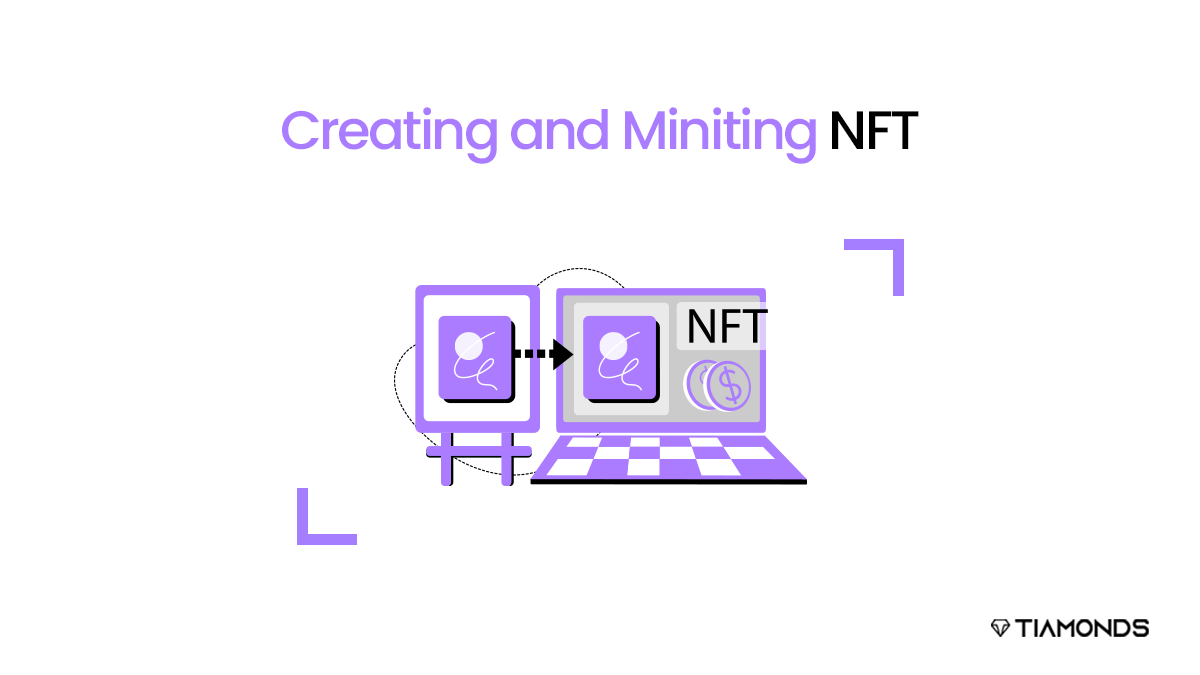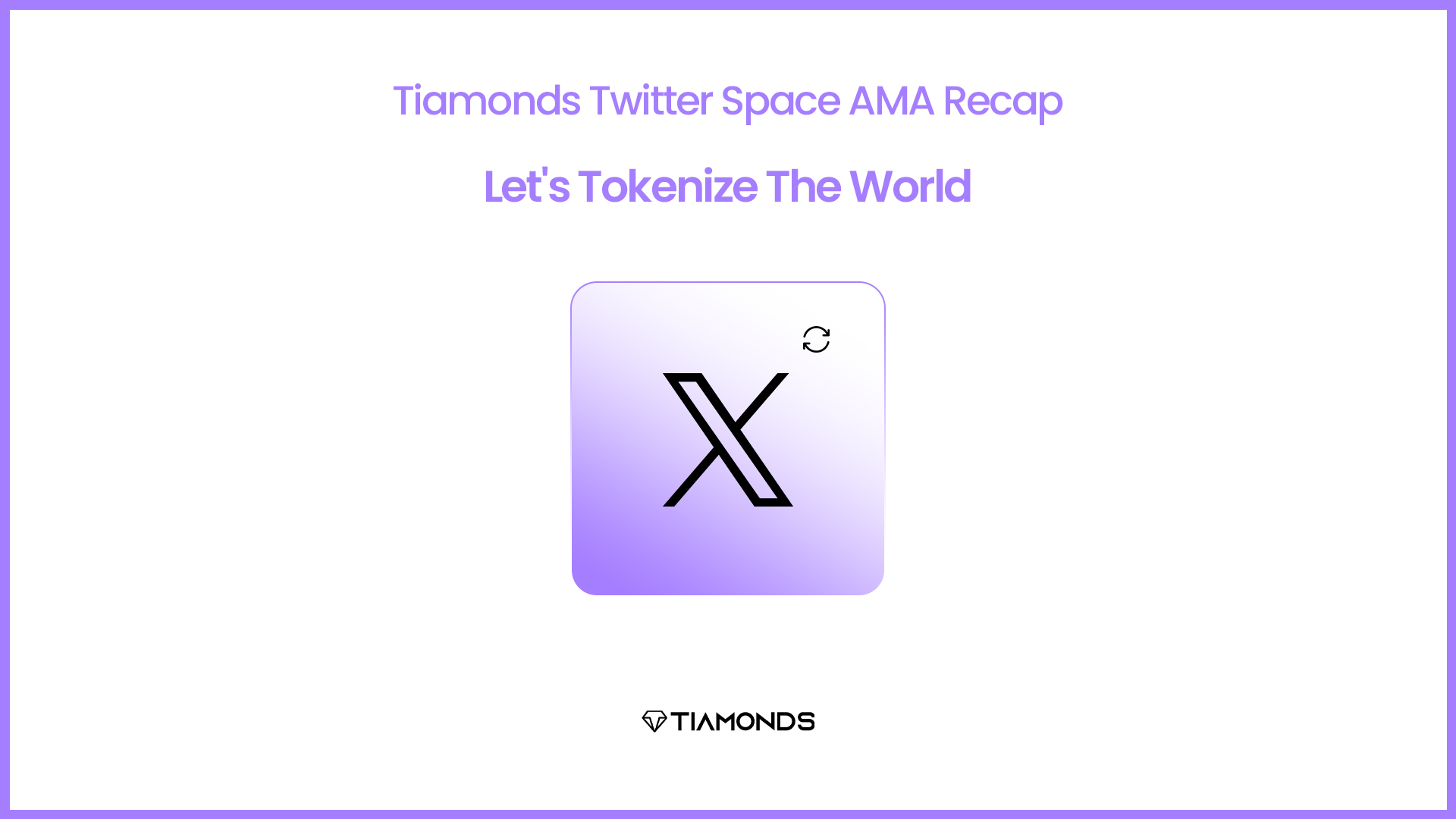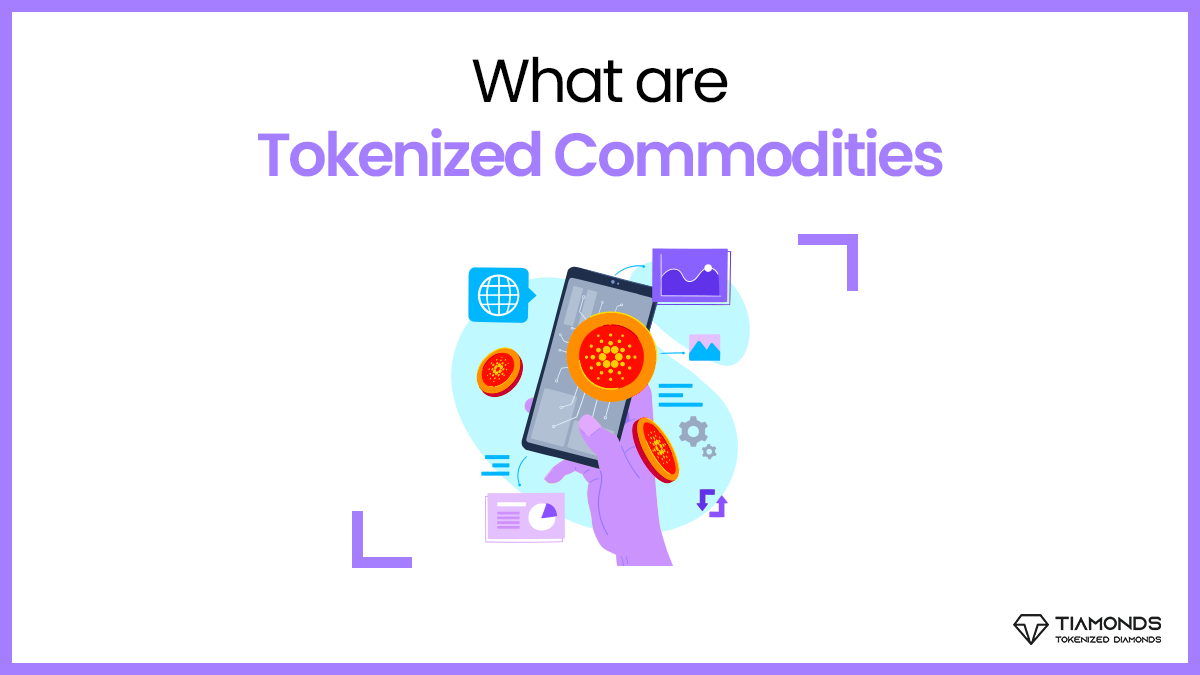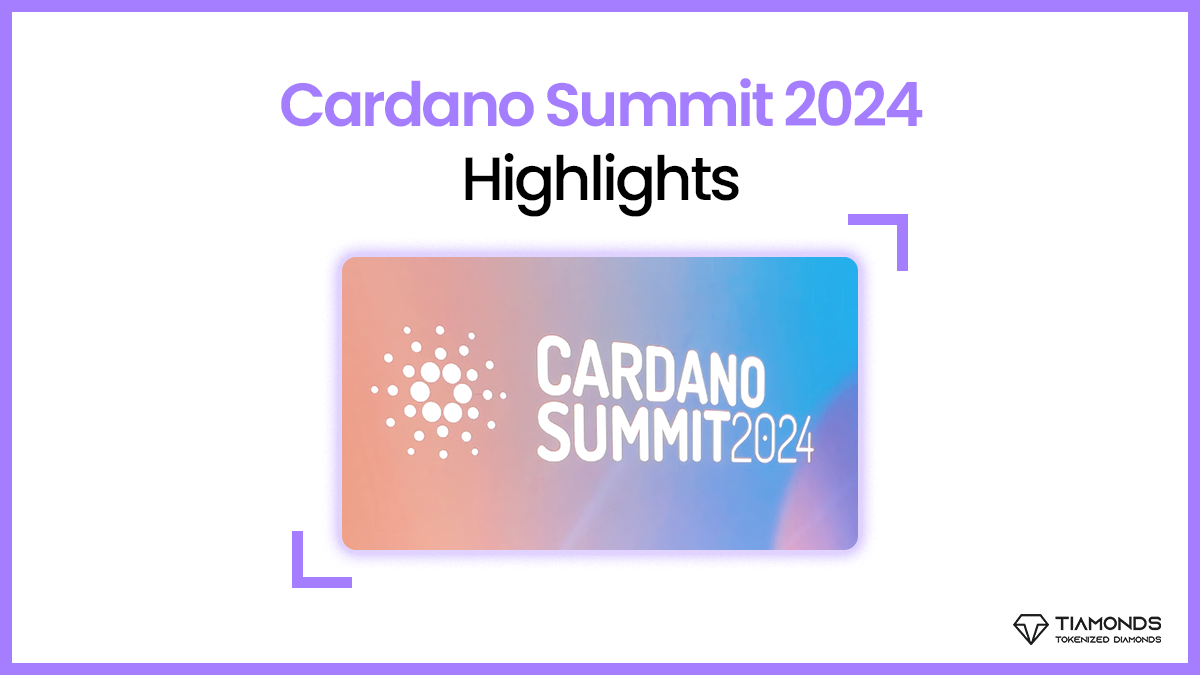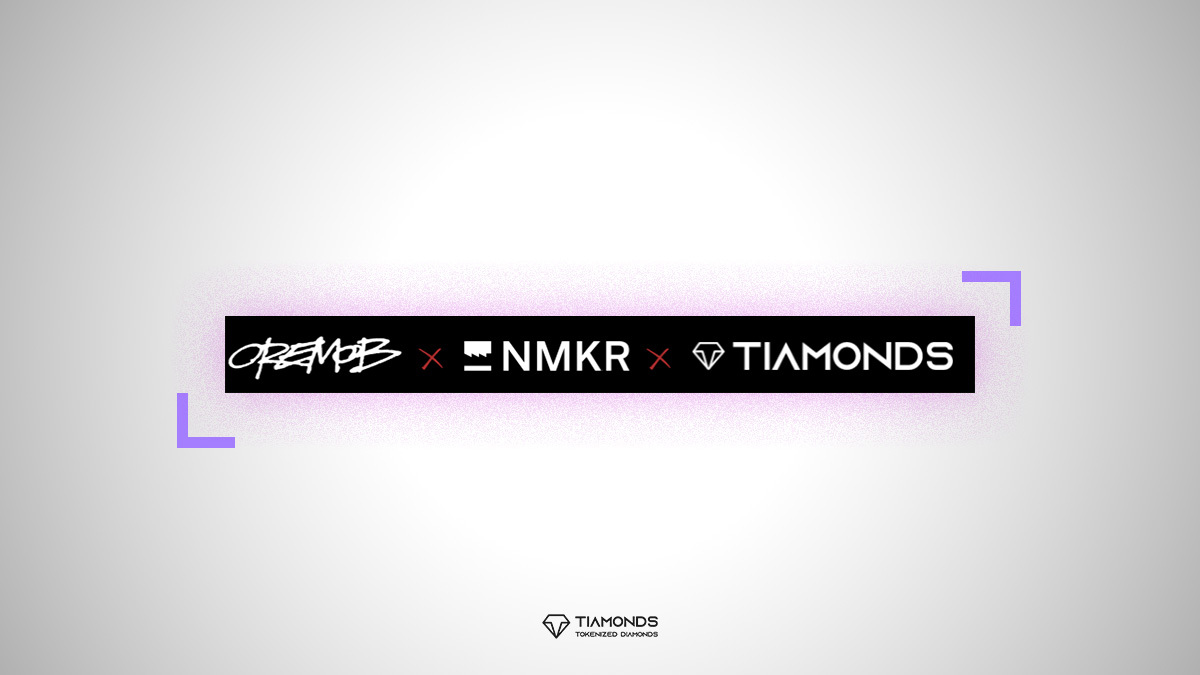Non-fungible tokens can be created directly on NFT platforms, allowing you to mint (make or produce anything) and add your artwork to a blockchain. This chapter will walk you through the processes necessary for minting NFTs, including how to create your artwork and collection and mint it.
How to Create an NFT?
An NFT marketplace or cryptocurrency exchange that supports NFT minting can be used to create an NFT. To make an NFT entirely from scratch, follow these steps:

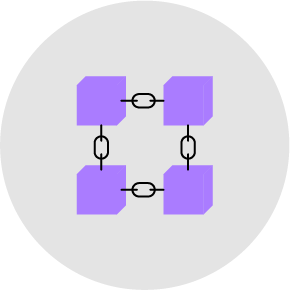

Determine Your Goals
NFTs are frequently connected to a work of digital art. This could be a picture, an audio recording (like a song), or even a brief video clip (such as an animated GIF). The objective is to produce an original piece of digital media that may be sold, just like a painting can be sold in an art gallery.
Select a Blockchain
A number of blockchains, including Ethereum, EOS, and TRON, enable the development of NFTs. Select a blockchain that satisfies your requirements and works with the platform you intend to use to create and manage your NFTs.
Establish a Wallet
You must create a wallet that is compatible with the blockchain you have chosen in order to create and manage your NFTs. There are other choices, including Trust Wallet, Coinbase, and MetaMask for Ethereum.

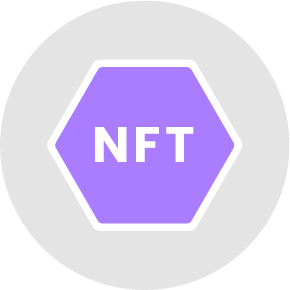
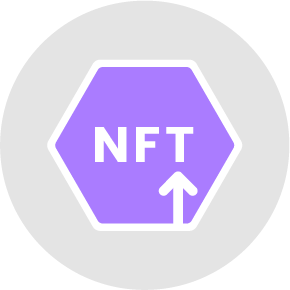
Select a Platform
OpenSea, Rarible, and Nifty Gateway are just a few of the platforms that can assist you in creating and managing your NFTs. Select a platform that is both functionally compatible with your current blockchain and meets your needs.
Create Your NFT
Create according to the guidelines supplied by the platform you have selected. To do this, you could upload your digital asset, like a piece of art or a collectible, set a price, and add any other relevant information.
Publish Your NFT
Your NFT must be published to the blockchain after creation in order to be accepted as a legitimate NFT.
Usually, you sign the NFT with your wallet and pay a small fee to the blockchain to cover the cost of the transaction.
How to Create an NFT Collection?
To create a collection, go through the following steps:


Choose a Platform
Platforms such as OpenSea or Rarible allow you to develop and manage collections of NFTs. Select a platform that fulfils your requirements and is compatible with the blockchain you intend to use.
Create Your Collection
Follow the guidelines provided by the platform you’ve chosen. This could mean giving your collection a name, a description, and a cover image.
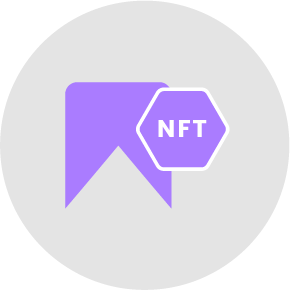

Add to Your Collection
After creating your collection, you can add NFTs to it by choosing them from your wallet or purchasing them from the market.
Publish Your Collection
After adding NFTs to your collection, you must publish it to the blockchain for it to be recognized as a valid collection.
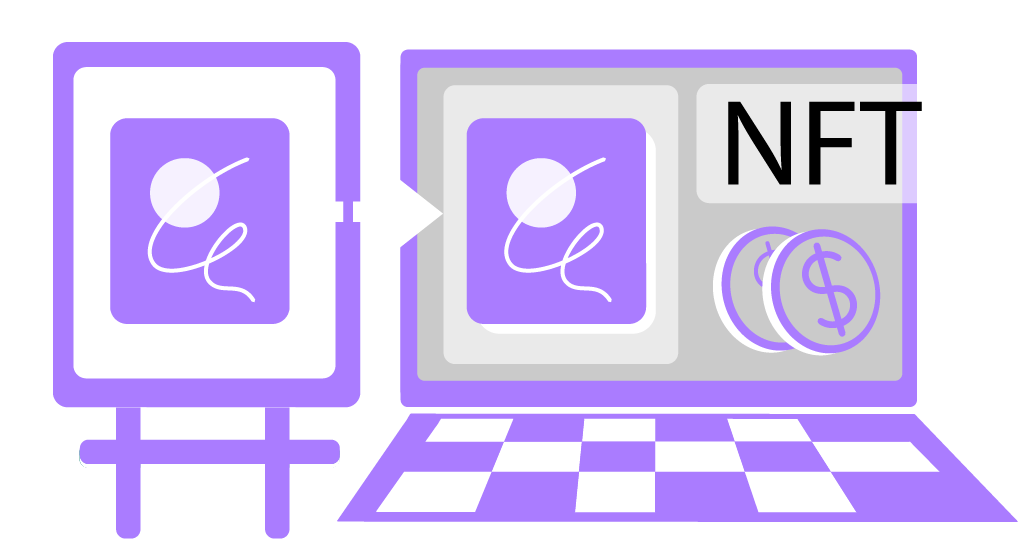
What is minting NFTs?
Minting refers to adding a block or transaction to a blockchain. When adding NFTs to the blockchain, it is most commonly used. This whole act is to verify the transactions and, at the same time, track them at any point in time. Creating an NFT records it on the blockchain, where its legitimacy and ownership are verified. Because blockchain data cannot be changed, minting marks the beginning of the NFT’s unchangeable history.
Benefits of Minting NFTs:
- Democratize Ownership: By allowing numerous parties to claim ownership of digital assets by establishing an NFT. You could have fractionalized ownership of any work of art or painting, for instance, using this method.
- Sell One-of-a-Kind Assets: You can sell stakes in assets, allowing artists to get a share of any future sales of those goods. Given that it generates an automatic royalty stream, this is particularly intriguing for music.
- Value can be preserved or stored in a tangible way, similar to how real currency can be backed by a certain quantity of precious metals. Digital value preservation is seen as safe because of how secure the blockchain is and how rare NFTs are by nature.
Factors to Consider Before Minting NFTs:
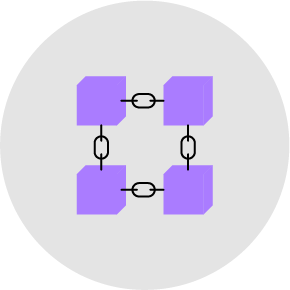
Blockchain: When asked “how to mint an NFT,” the first thing people will point to is the many blockchains that support the NFT token standard. Ethereum happens to be the most reliable blockchain for minting NFTs.
NFT Ecosystem: The second crucial factor to take into account while looking for the most reasonably priced method to mint NFT is your awareness of NFT features in the blockchain you choose. It is essential to ensure the platform you select can manage NFT transfers and sales across several blockchains. Developers should consider the advantages and disadvantages of the NFT ecosystem for each blockchain.
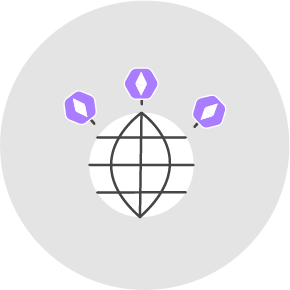

Affordability: Many fervent miners would make the initial attempts at making NFTs. People might therefore be looking for a means to obtain an NFT for nothing. Popular decisions can be useful in certain circumstances. Currently, the most popular blockchain system for minting NFTs is Ethereum. Due to their enormous size, these two platforms can function as the biggest NFT markets and give buyers more exposure.
NFT Marketplace: Finally, choosing an NFT marketplace is the most important factor to take into account before NFT minting. In the case of the Ethereum blockchain, developers can run into a lot of NFT platforms.
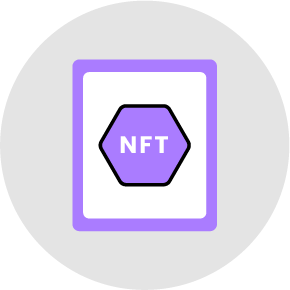
How to Mint NFTs?
There are several fundamental and simple procedures for minting and NFT, even though each market may be slightly different. The procedure for launching NFT into the marketplace is outlined in the steps that follow:
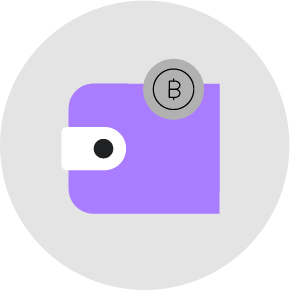
Setting up Crypto Wallet: In order to mint and manage your NFTs, you will need a digital wallet that is compatible with the blockchain platform you have chosen. MetaMask for Ethereum, Scatter for EOS, and Trust Wallet for TRON are some of the options.
Select Marketplace: There are a number of NFT marketplaces to choose from. The user must select the one that best fits their requirements.


Connect Wallet: Next, connect your wallet to your NFT platform. Depending on your wallet, you’ll need to scan a QR code or download it to your computer. Create a profile after connecting your wallet. In your profile, include a bit about yourself, links to your website and social media, and which crypto you would accept for NFT purchases.
Create NFT: You should notice a button to create and “mint” your NFT when you go to the homepage of your marketplace. A window should then appear asking you to upload your digital asset, name it, and provide a brief description of the item for possible buyers.
When selling your NFT, specify the amount you want in royalties. The last step is to pay the “gas” fee, which is essentially a transaction fee and is likely charged in Ethereum.
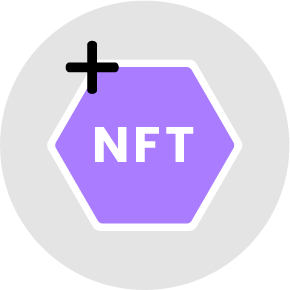
This way, users will be able to mint their NFTs in just a few steps.
Conclusion
Before minting NFTs, it’s a wise idea to familiarize yourself with the process and the costs involved. Additionally, you may choose to investigate the many NFT marketplaces available and the kinds of NFTs that are the most well-liked and lucrative.
Before you move forward, you should think about whether or not setting up an NFT fits with your overall goals and plans for investing. Thus, by following the above steps, a new user will be able to create their own NFTs and collections and mint them.
